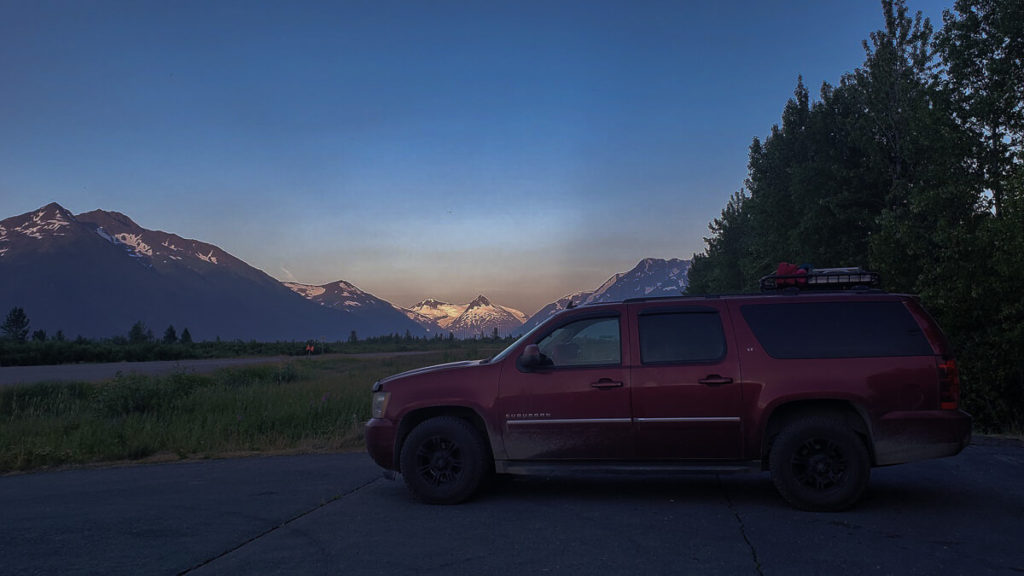Yes, overnight parking is allowed in national forests. However, there are certain places where it is not allowed. As long as you park well away from the flow of traffic, and do not park overnight in areas intended for day-use only, you are allowed to park overnight in national forests.

Is Overnight Parking Allowed in National Forests?
Every national forest and national grassland we are aware of allows for overnight parking throughout much of their lands. The U.S. Forest Service considers overnight parking to be no different than camping. As long you are parked in an area open for camping, you are within your rights to park overnight.
- If you want to pull over on the side of a highway, make sure you find a place where your vehicle has a lot of distance from traffic. We recommend a minimum of four-car lengths, just to make sure no one accidentally crashes into you. You could be held responsible, depending on the laws and regulations of that state, if someone else crashes into you.
- Our recommendation is to find a forest road, which is usually a dirt road, and drive at least 500 feet from the highway, and park overnight in a clearing off the road.
Where Not to Park Overnight
Day Use Areas – Areas marked as “Picnic Area”, “Trail Head”, “View Point”, “Point of Interest”, “Historical Marker”, “Visitor Center”, are all intended for day-use only. As such, you cannot park overnight in these areas.
Wilderness Areas – Almost all national forests have areas marked as “Wilderness”. These areas are off-limits to vehicles, including human-powered such as bicycles, hand carts, and scooters. However, many wilderness areas have a road leading up its boundaries, or paralleling its boundaries. You can usually park overnight along the side of this road.
Developed Campgrounds – Most forests prohibit from you from parking overnight inside a developed campground without paying. Some forests have rules against boondocking (or dispersed camping) too close to a developed campground, usually anywhere from 1/4 mile up to a mile.
Beware of Private Property Inside National Forests
All national forests and grasslands have “inholdings”, which are plots of private property, inside their boundaries, or along the edges of boundaries. You are not allowed to trespass into these properties.
Do not trust Google Maps to find the boundaries of a national forest, because they do not illustrate the actual boundaries. They only show you the greater “sphere of influence”. You will have to use a “Motor Vehicle Use Map”, which each national forest and grassland publishes, to find the actual boundaries. You can also find national forest boundaries on our own USFS Map. Read more about this at, “Why is There Private Property Inside National Forests?“

